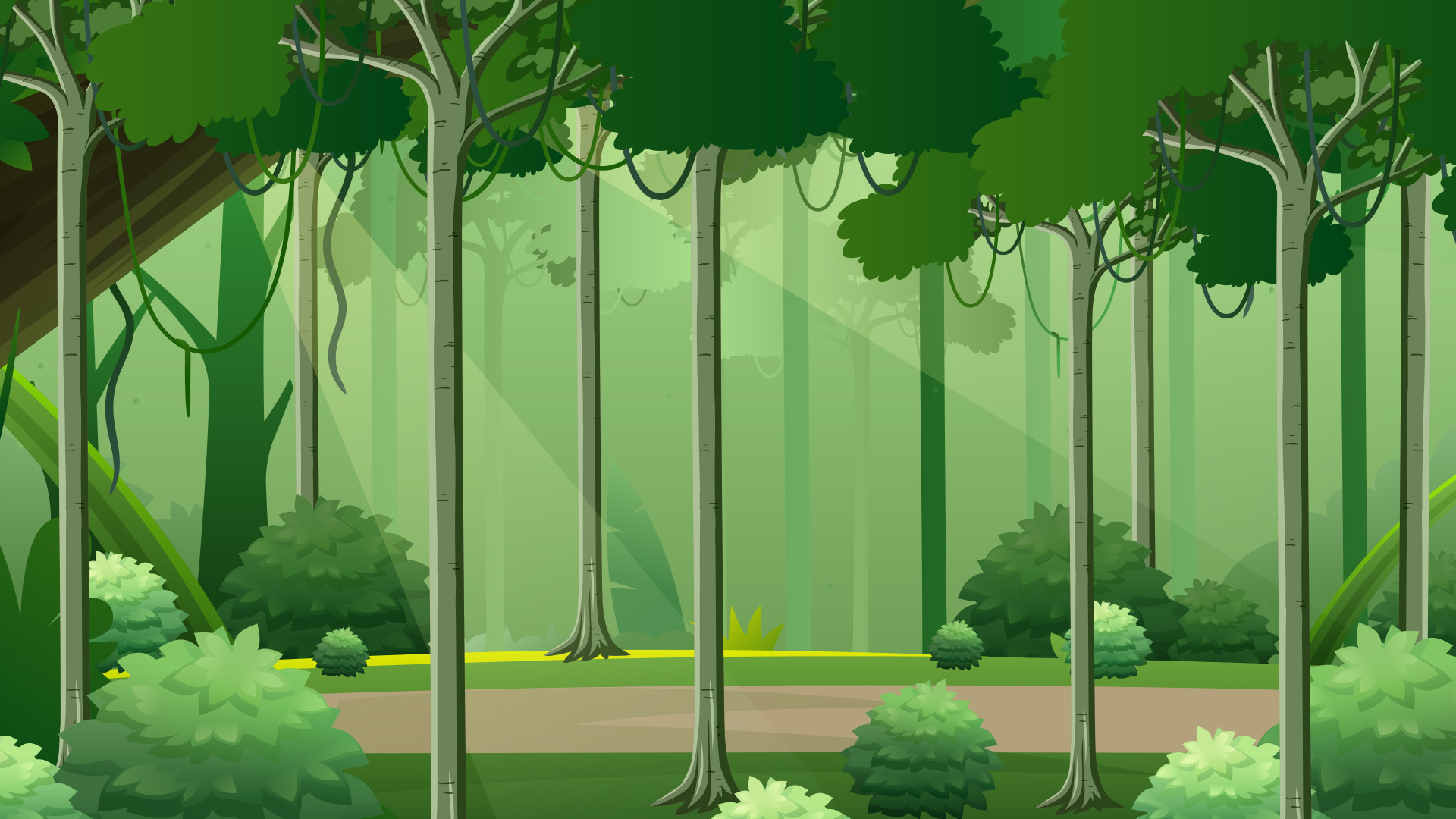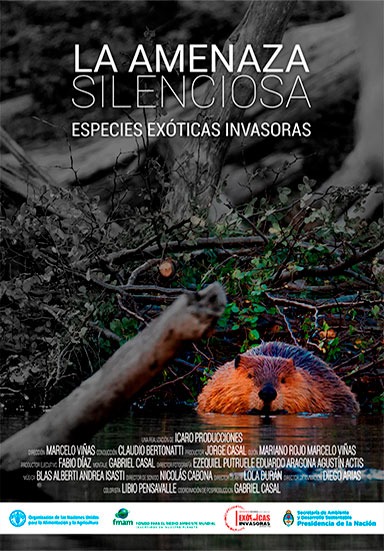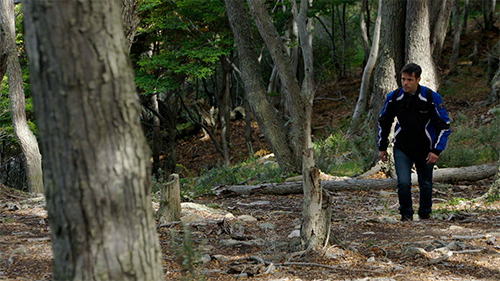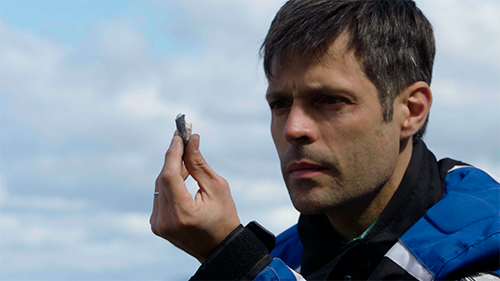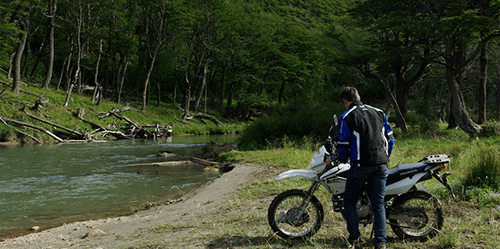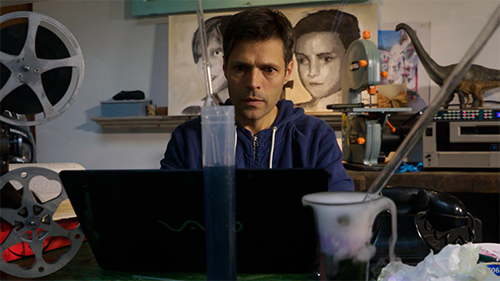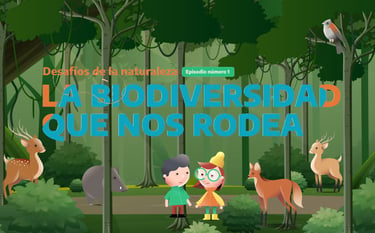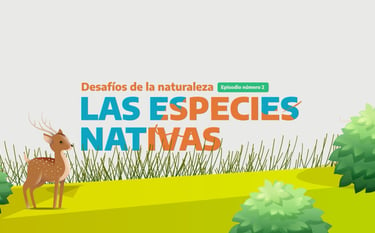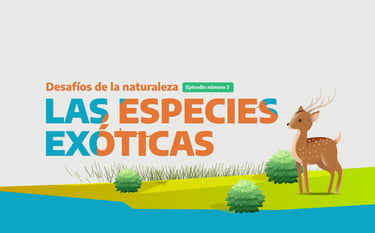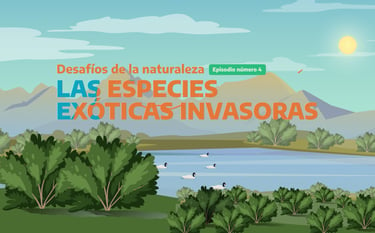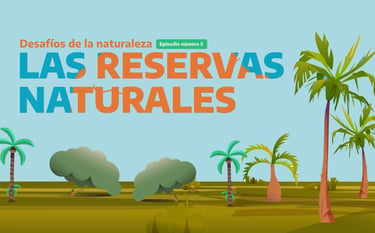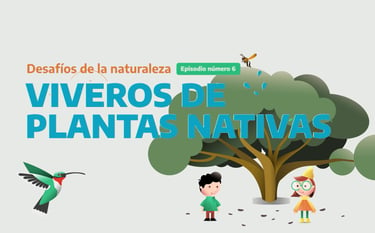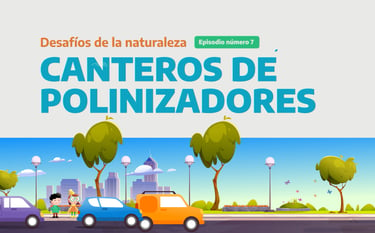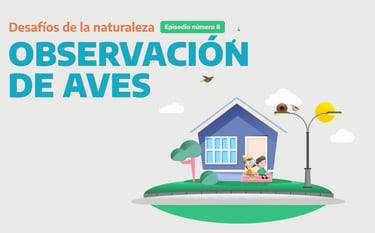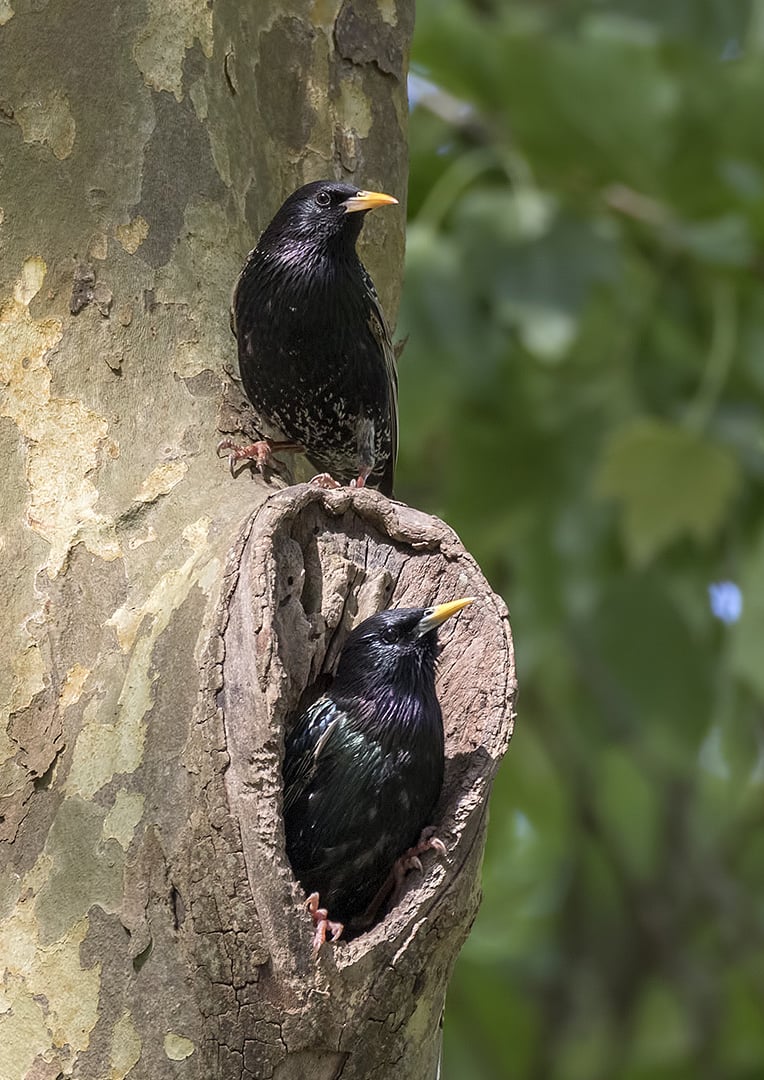

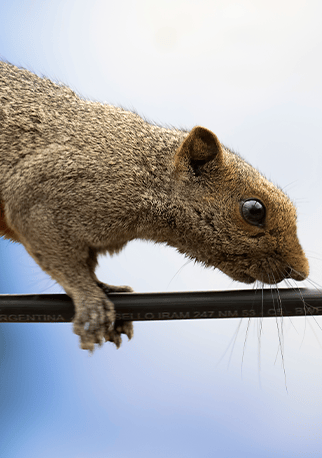

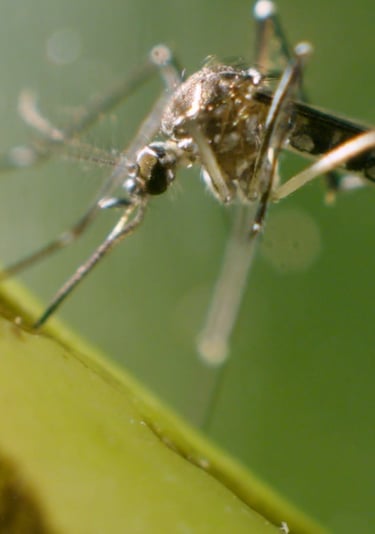

They are the second leading cause of extinction worldwide. These are plants, animals, fungi, or microorganisms that humans have introduced outside of their natural distribution limits. They are found throughout Argentina, including national parks and other protected areas. Will we be able to control them and save the ecosystem?


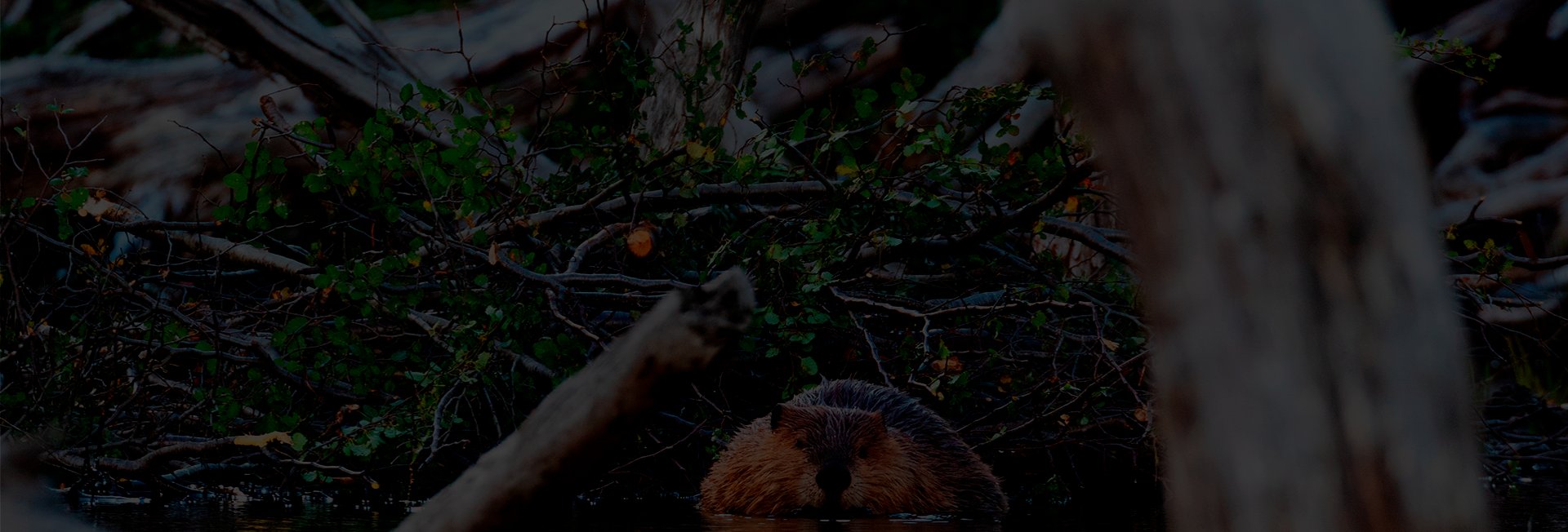
DOCUMENTARY
2019 - 60min
SYNOPSIS
What are Invasive Exotic Species? Naturalist Claudio Bertonatti travels across Argentina to find the answer. Beavers in Tierra del Fuego, Red-bellied Squirrels in Luján, Wild Boars in Entre Ríos. Invasive Exotic Species are the second leading cause of biodiversity loss worldwide. These are animals, plants, fungi, algae, or microorganisms that humans bring outside of their natural distribution limits. The invasions are silent, invisible, and in many cases, their effects become evident when it is too late to stop them. Invasive Exotic Species profoundly alter ecosystems and biodiversity, endanger native species, cause significant economic losses, and, in some cases, threaten public health.
Director
Conducción
Guión
Director de Fotografía
Música
Director de Sonido
Montaje
Director de Arte
Productor General
Director de animación
Colorista
Coordinación de Postproduccion
Productor Ejecutivo
UNA PRODUCCIÓN DE
Marcelo Viñas
Claudio Bertonatti
Mariano Rojo -Marcelo Viñas
Ezequiel Putruele - Eduardo Aragona -
Agustín Actis
Blas Alberti - Andrea Isasti
Nicolás Cabona
Gabriel Casal
Lola Durán
Jorge Casal
Diego Arias
Libio Pensavalle
Gabriel Casal
Fabio Díaz
ICARO PRODUCCIONES
Director
Conducción
Guión
Director de Fotografía
Música
Director de Sonido
Montaje
Director de Arte
Productor General
Director de animación
Colorista
Coordinación de Postproduccion
Productor Ejecutivo
UNA PRODUCCIÓN DE
Marcelo Viñas
Claudio Bertonatti
Mariano Rojo -
Marcelo Viñas
Ezequiel Putruele - Eduardo Aragona -
Agustín Actis
Blas Alberti -
Andrea Isasti
Nicolás Cabona
Gabriel Casal
Lola Durán
Jorge Casal
Diego Arias
Libio Pensavalle
Gabriel Casal
Fabio Díaz
ICARO PRODUCCIONES
DOCUMENTARY SERIES
2023 - 4 EPISODES, 25 MINUTES EACH
Episode 1
Introduction to Invasive Exotic Species
Episode 2
How Invasive Exotic Species are Introduced
In his travels across the country, Germán Rodríguez teaches us more about Invasive Exotic Species. A serious and silent environmental issue that threatens the survival of native species, biodiversity, and even our health.
Episode 3
Impacts of Invasive Exotic Species
Episode 4
Managing Invasive Species
"In Argentina, over 700 invasive exotic species are cataloged, and each year more are added. Many scientists are concerned about this process. Its impacts are silent and deep, and by the time they become evident, it’s often too late to reverse the situation."
In Argentina, about 700 invasive species have been cataloged, reflecting their importance to the environment and society. But how did these organisms arrive in the country? Most of these species were intentionally brought in as ornamental plants or charismatic animals. Other introductions were accidental, and many of the invaders that arrived by accident came via ships.
For an exotic species to become invasive, it must go through three stages: arrival, establishment, and expansion. Of all the species brought in, many do not manage to establish themselves. Some do, but remain confined to urban areas or very localized zones. Only a few, after establishing themselves, start to expand and invade natural environments. But what makes an exotic species become invasive?
In Argentina, over 700 invasive exotic species have been cataloged. But what do they do? Why are scientists concerned about their presence? How can they affect people? This is Ameghino Square. This place was at the center of a tragic event in our history, caused by an invasive exotic species. Here, the cemetery that received victims of 19th-century yellow fever epidemics once stood.
